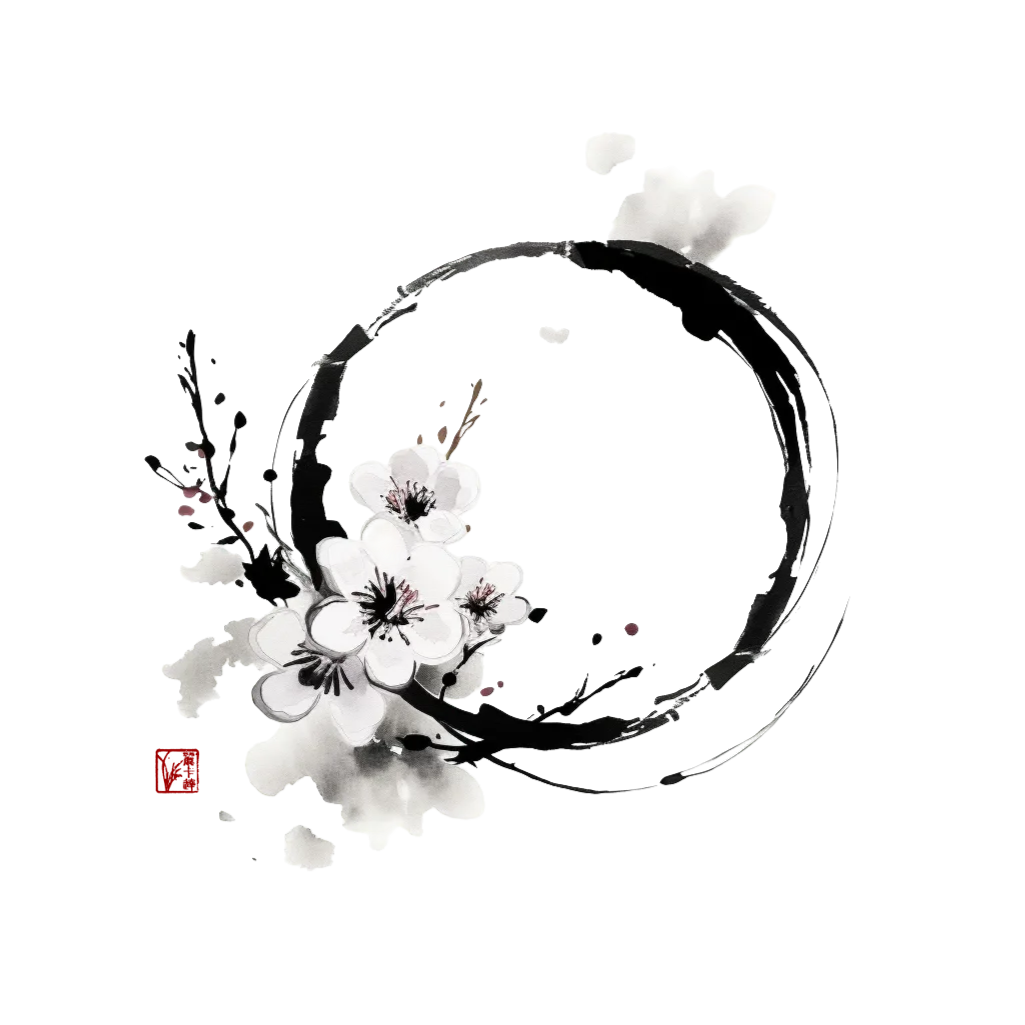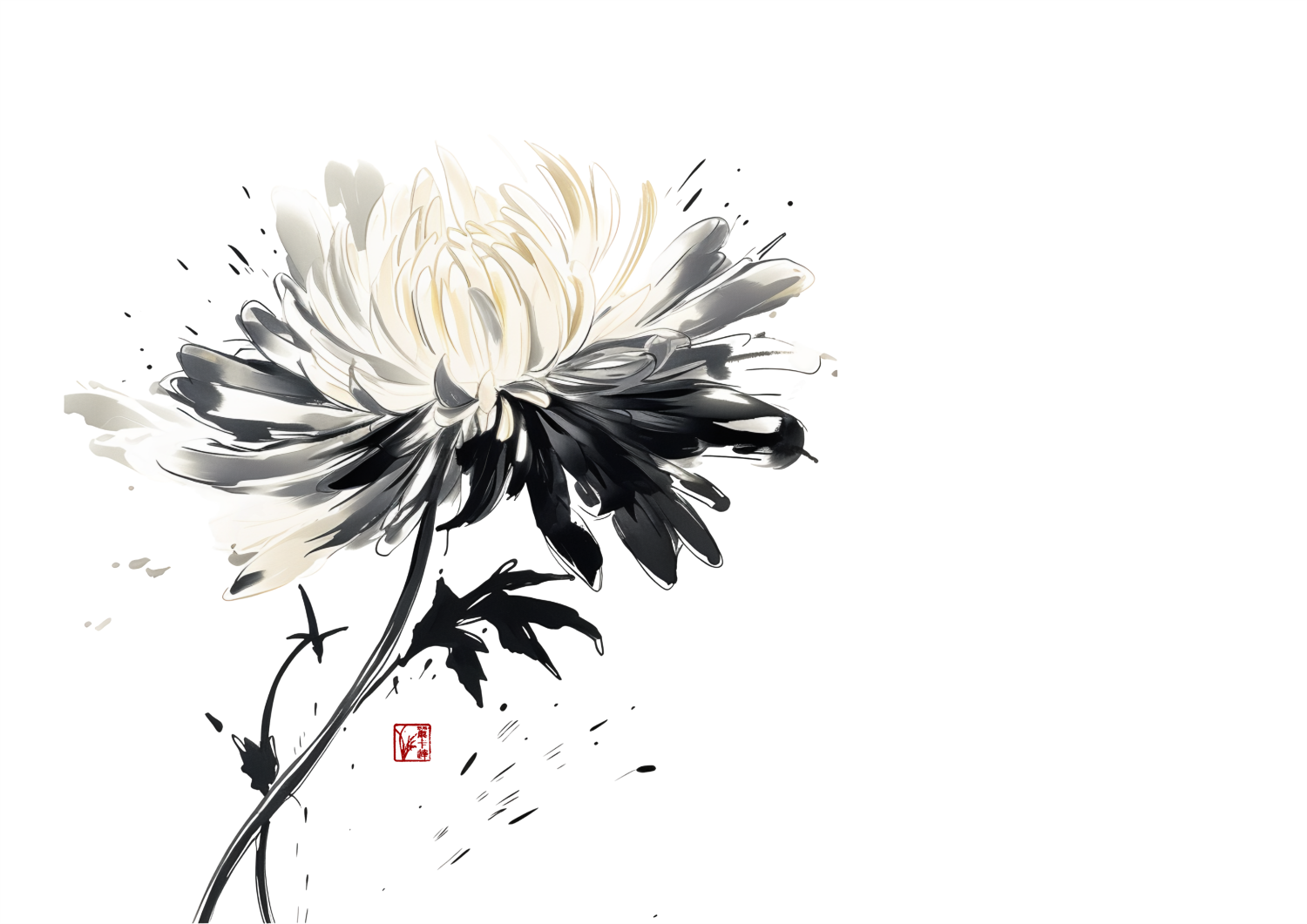Introduction
Baguazhang (八卦掌), translated as “Eight Trigrams Palm,” is a Chinese internal martial art known for its distinctive circular movements and fluid footwork. While it is widely practiced today for both martial and health benefits, its origins are deeply rooted in monastic traditions, particularly within Daoist practices.
Historical Background
The development of Baguazhang is closely associated with Dong Haichuan (董海川), a 19th-century martial artist. Dong is credited with integrating various martial techniques he encountered during his travels with the Daoist practice of circle walking meditation. This synthesis led to the creation of Baguazhang as a formal martial art.
Circle Walking Meditation
Central to Baguazhang is the practice of circle walking, a method derived from Daoist meditation techniques. Practitioners walk along a circular path, maintaining specific postures and focusing on breath control. This practice serves multiple purposes:
- Physical Conditioning: Enhances balance, coordination, and flexibility.
- Internal Energy Cultivation: Promotes the circulation of qi (vital energy) throughout the body.
- Mental Focus: Develops concentration and mindfulness.
The circular motion reflects the Daoist understanding of natural cycles and the continuous flow of energy in the universe.
Monastic Influence
In monastic settings, particularly within Daoist temples, circle walking was more than a physical exercise; it was a spiritual discipline. Monks used this practice to align themselves with the principles of the I Ching (Book of Changes), which emphasizes the dynamic balance of opposites and the constant state of flux in the natural world.
Martial Applications
Beyond its meditative aspects, Baguazhang’s techniques are highly effective in combat scenarios. The art emphasizes:
- Evasive Footwork: Allows practitioners to maneuver around opponents strategically.
- Dynamic Striking: Utilizes palm strikes delivered from various angles.
- Continuous Movement: Maintains fluidity to adapt to changing situations during combat.
These principles make Baguazhang a versatile martial art, suitable for self-defense and adaptable to various combat situations.
Conclusion
Baguazhang stands as a testament to the integration of spiritual practice and martial prowess. Its monastic roots highlight the importance of internal development alongside physical training. Today, practitioners continue to explore Baguazhang not only as a means of self-defense but also as a path to personal growth and harmony with the natural world.
References
For further exploration, consider visiting local martial arts schools or online platforms that offer instructional materials and classes on Baguazhang.















